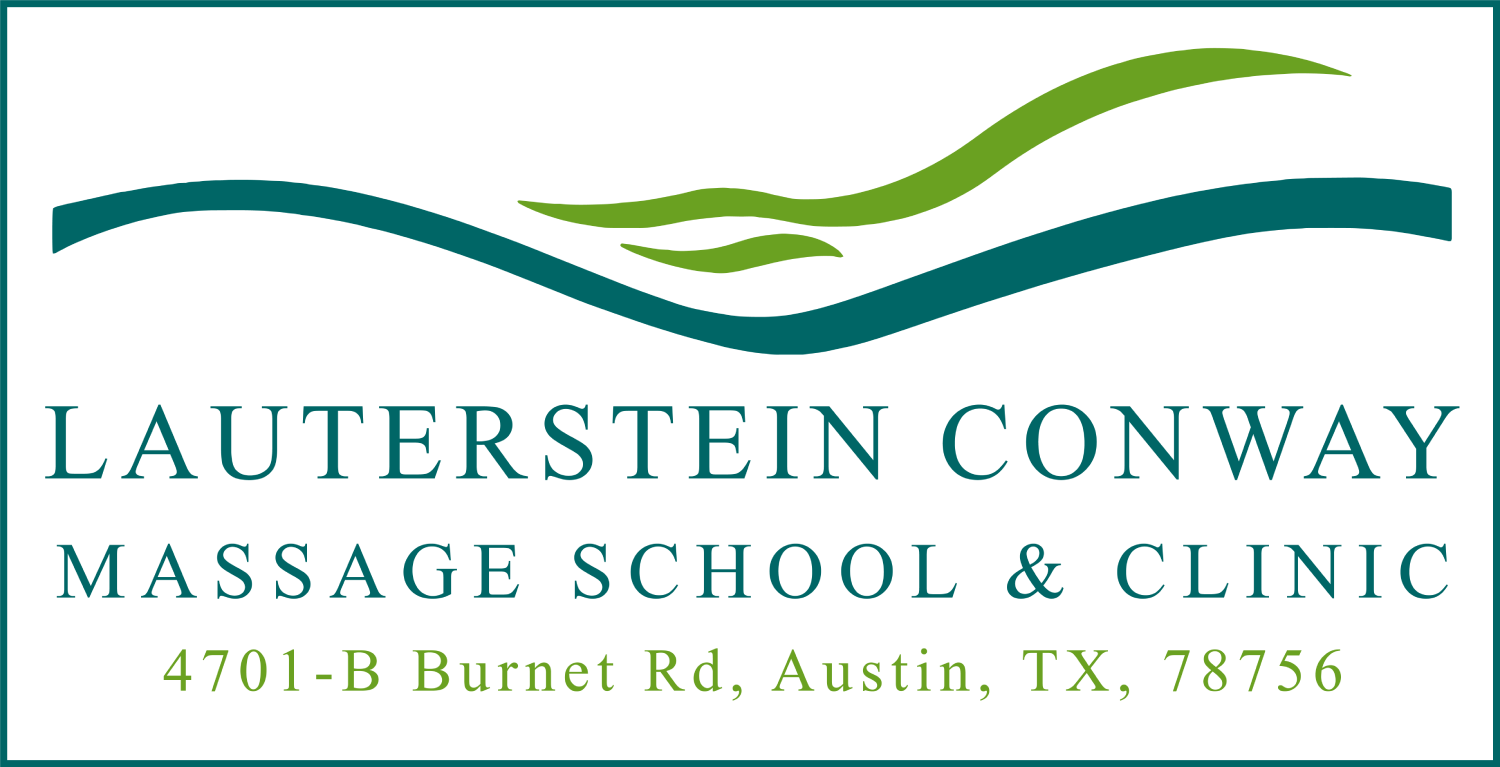 by Marc Frazier, LMT, NASM, MTI
by Marc Frazier, LMT, NASM, MTI
The Influence of the Upper Limbs
In the world of Structural Bodywork – and massage in general – much attention is given to the mechanical influence the lower limbs have on the pelvis and spine, and for good reason – the impact is profound. However, this has also led to overlooking the influence the upper limbs have on the body. In part, this may be due to the very complex nature of the hand, wrist, and elbow – and the mechanical relationships these joint complexes have with one another.
Consider the Deeper Layer
But when we consider the deep fascial layer, we can see something that is relatively simple, and more importantly, something we can affect greatly with equally simple massage techniques.
When we follow the fascial sleeve from the hand and forearm into the upper arm and shoulder girdle, we find that it in part becomes the clavipectoral fascia in the anterior chest wall. It also leads to the nuchal ligament in the cervical area of the spine. By just considering these two thick sheaths of connective tissue, we have a mechanical linkage to a protracted shoulder girdle (the former) and head forward (the latter) – both commonly found in this computer-aged society.
Of course, this does not mean one can just massage the arms and expect the neck and shoulders to change. It might raise the question, however, of the long-lasting effectiveness of all of your good efforts at releasing the pecs and cervical without including some arm work. Observing this fascial relationship may bring to mind what to massage, but what about the simple technique mentioned earlier? Often, when we think of the stress our fascia takes, we tend to think along the line of muscles themselves. But what about forces the fascial layers are constantly dealing with?
Integrating Rotational Forces into Our Massage
When we look at the wrist, forearm, and elbow, the tensions they are commonly under are rotational forces. So, by adding rotational forces to our massage along with movements which are commonly linked (pronation of the hand and elbow extension, for example) we find we can have an immediate effect on the entire arm. By focusing on the arm, and the daily stress it undergoes, we can have a very real impact on our clients posture, and thus structure.
